Report this entry
More from the same community-collection
"Return To Our El Paso Roots Homecoming" 2019 Reunion
Former students and descendants of Douglass School, El Paso's ...
1969 El Paso Lodge No. 130 *TROST & TROST
El Paso Lodge # 130 A.F. & A.M. circa 1969 temple, designed by ...
Resilience: Remembering August 3rd Exhibition
On August 3, 2019, a mass shooting at the Wal-Mart #2201 in East ...
Resilience: Remembering August 3rd Exhibition
On August 3, 2019, a mass shooting at the Wal-Mart #2201 in East ...
Resilience: Remembering August 3rd Exhibition
On August 3, 2019, a mass shooting at the Wal-Mart #2201 in East ...
Resilience: Remembering August 3rd Exhibition
On August 3, 2019, a mass shooting at the Wal-Mart #2201 in East ...
Resilience: Remembering August 3rd Exhibition
On August 3, 2019, a mass shooting at the Wal-Mart #2201 in East ...
Resilience: Remembering August 3rd Exhibition
On August 3, 2019, a mass shooting at the Wal-Mart #2201 in East ...
Resilience: Remembering August 3rd Exhibition
On August 3, 2019, a mass shooting at the Wal-Mart #2201 in East ...
Resilience: Remembering August 3rd Exhibition
On August 3, 2019, a mass shooting at the Wal-Mart #2201 in East ...
Resilience: Remembering August 3rd Exhibition
On August 3, 2019, a mass shooting at the Wal-Mart #2201 in East ...
Class of 1972 Cathedral High School Mass 5/2/1972
84 Graduates prior to Graduation Ceremony at Liberty Hall May ...
10 Year Reunion Cathedral High 1972 Grads
10 Year Reunion Cathedral High class of 1972 . All in Suits., ...





















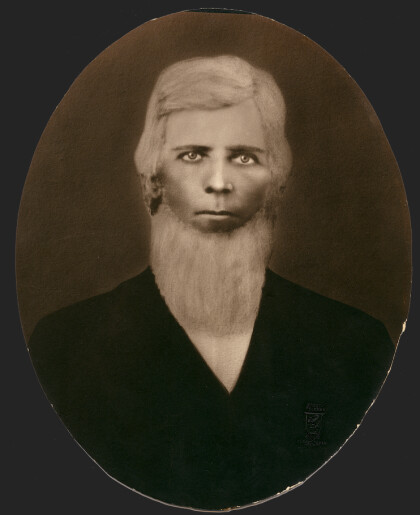
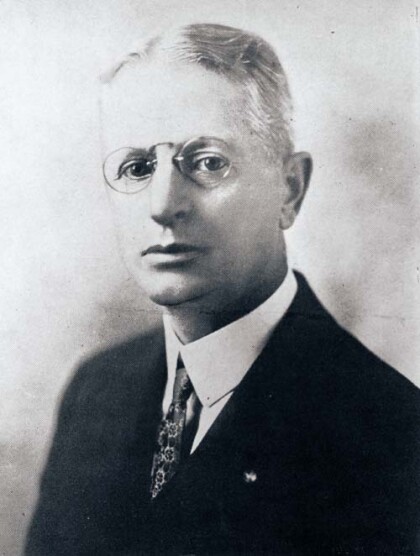
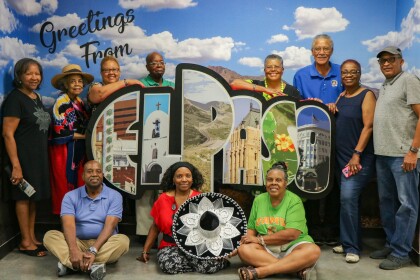
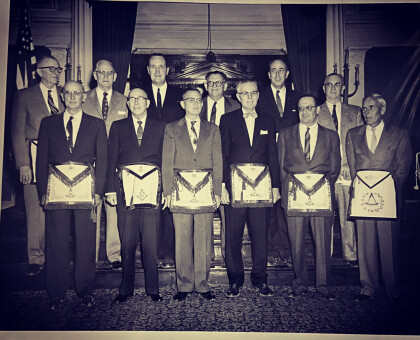
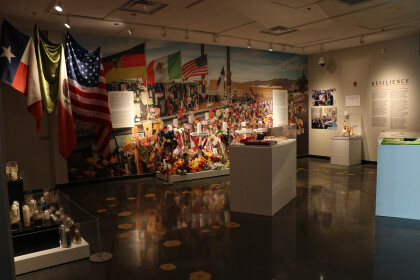
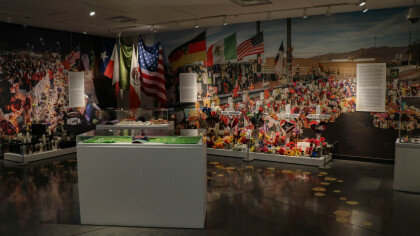
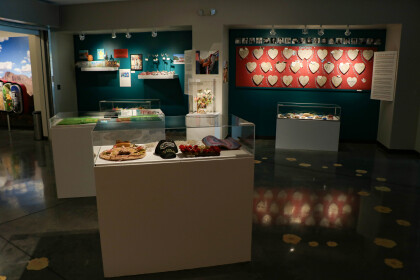
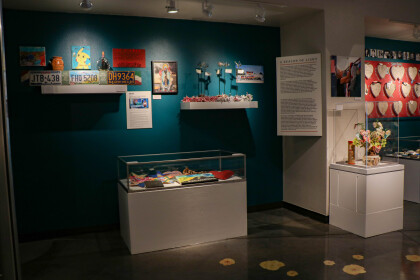
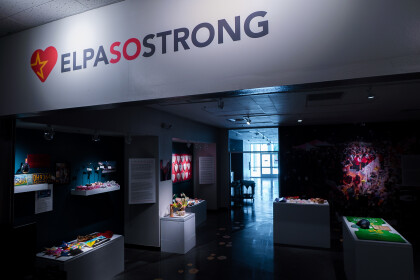
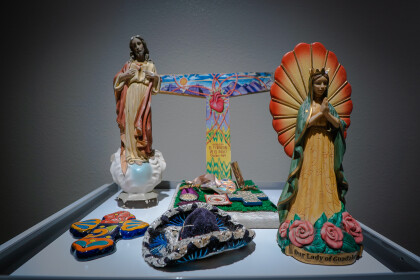

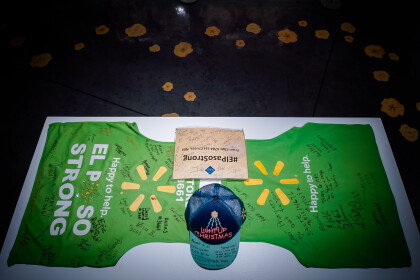
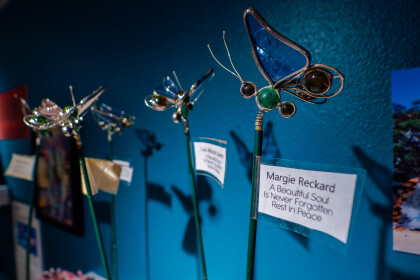
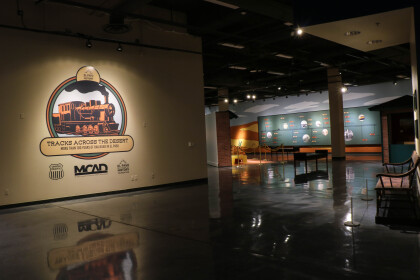
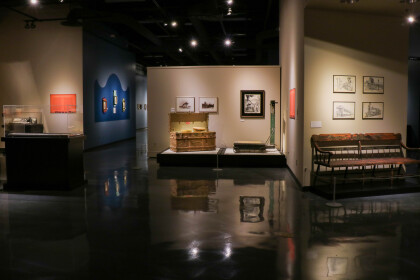
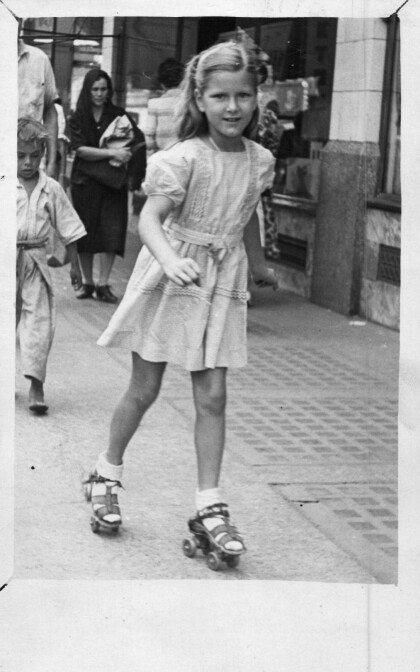
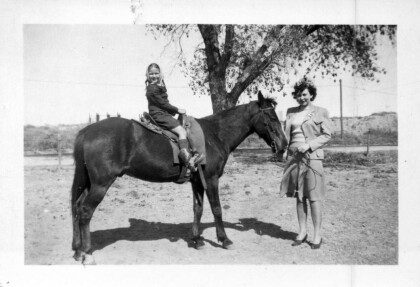
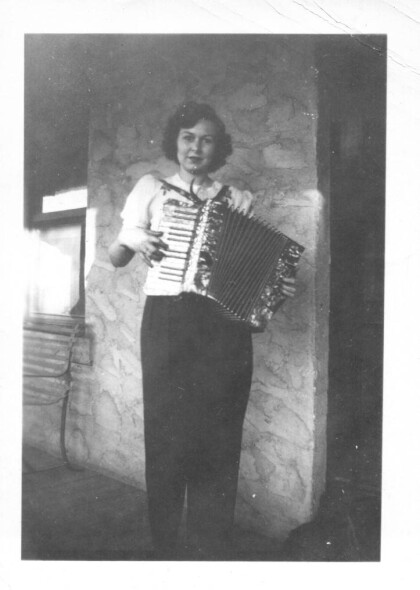
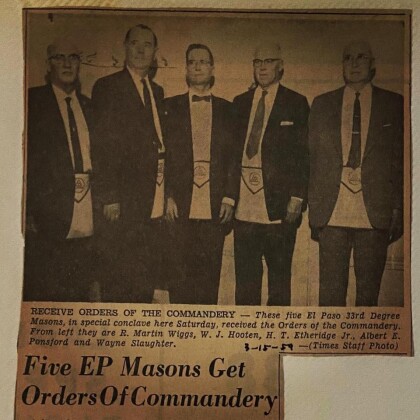
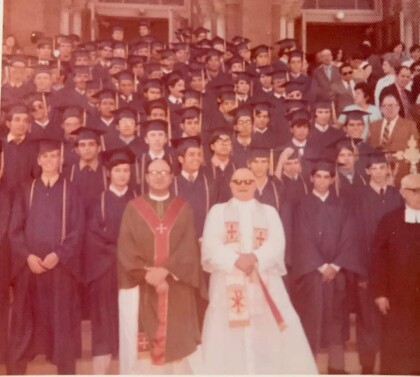
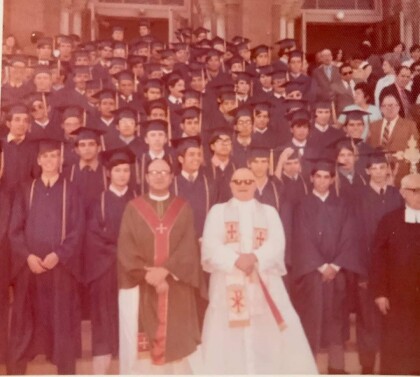
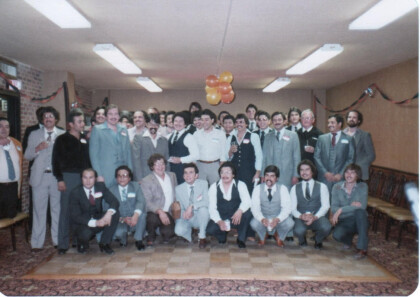
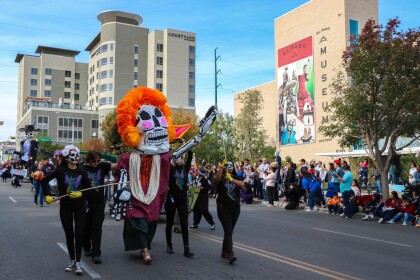
Comments
Add a comment